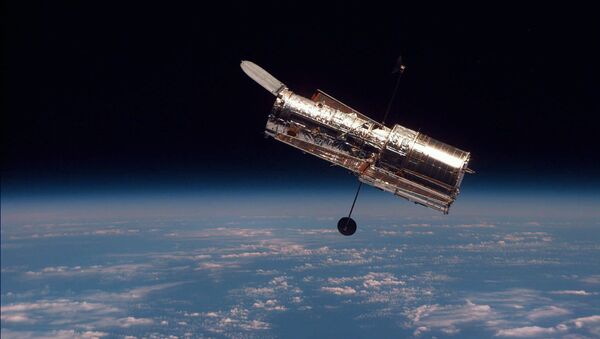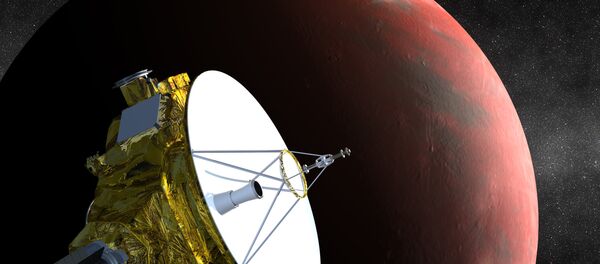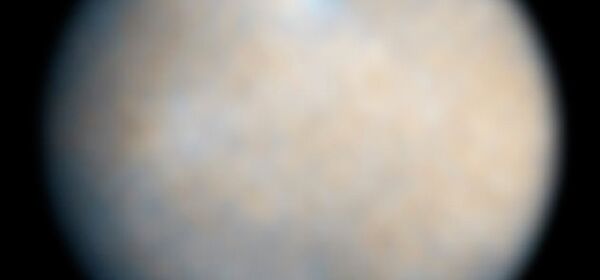According to the scientists, diffracted light waves from a faraway star or other heavenly body would bend around the edges of the disk and converge in a central point.
That light would then be fed into the orbiting telescope to provide high-resolution images.
CU-Boulder Professor Webster Cash says the new telescope concept, named the Aragoscope after French scientist Francois Arago who first detected diffracted light waves around a disk, could allow scientists to observe space objects like black hole 'event horizons' and plasma swaps between stars.
The Aragoscope is a major break from the traditional space telescopes, like the Hubble Space Telescope, which essentially are monolithic pieces of glass.
The opaque space disk would be made of a strong, dark, plastic-like material that could be launched in a compressed fashion like a parachute, then unfurled in orbit. It would then be tied to the telescope at distances from tens to hundreds of miles depending on the size of the disk.
Scientists say such a large, yet lightweight disk would provide higher-resolution images than those obtained with smaller, traditional space telescopes.
The Aragoscope would be placed in a geostationary orbit 25,000 miles up that follows Earth's rotation, making it appear motionless from the ground.



